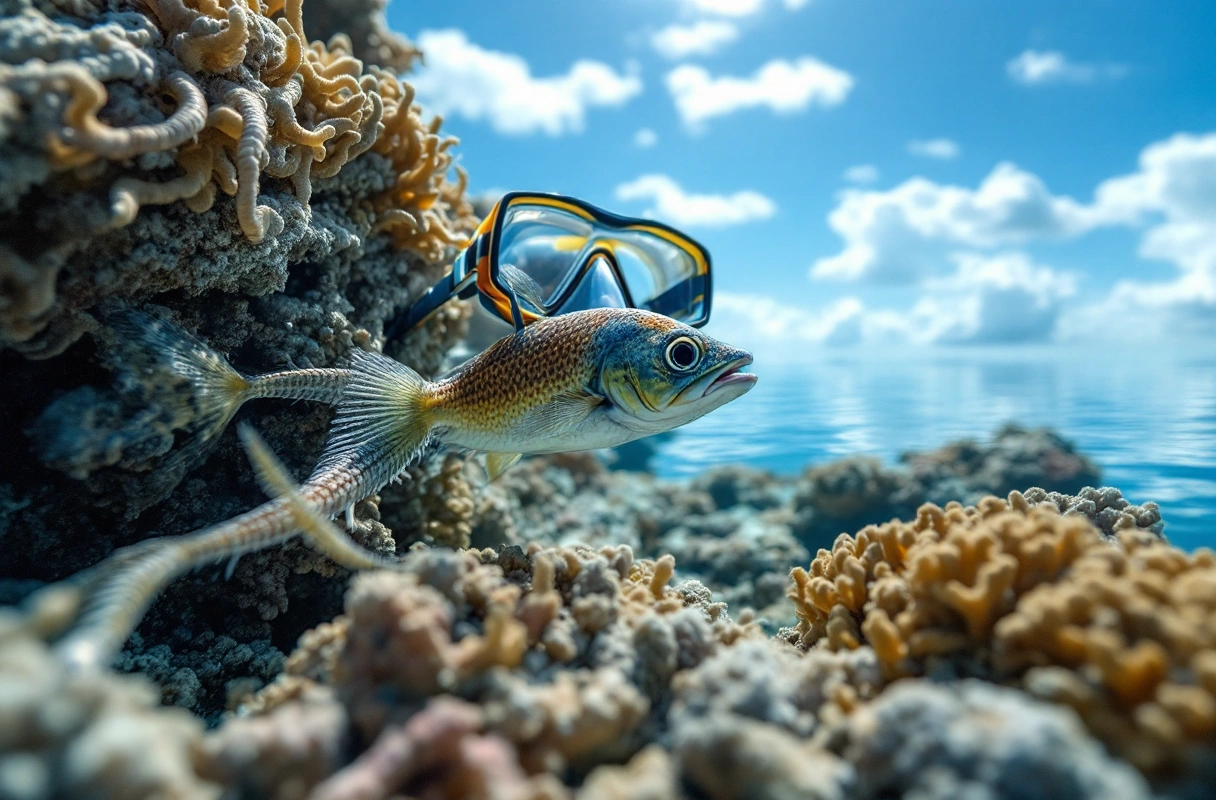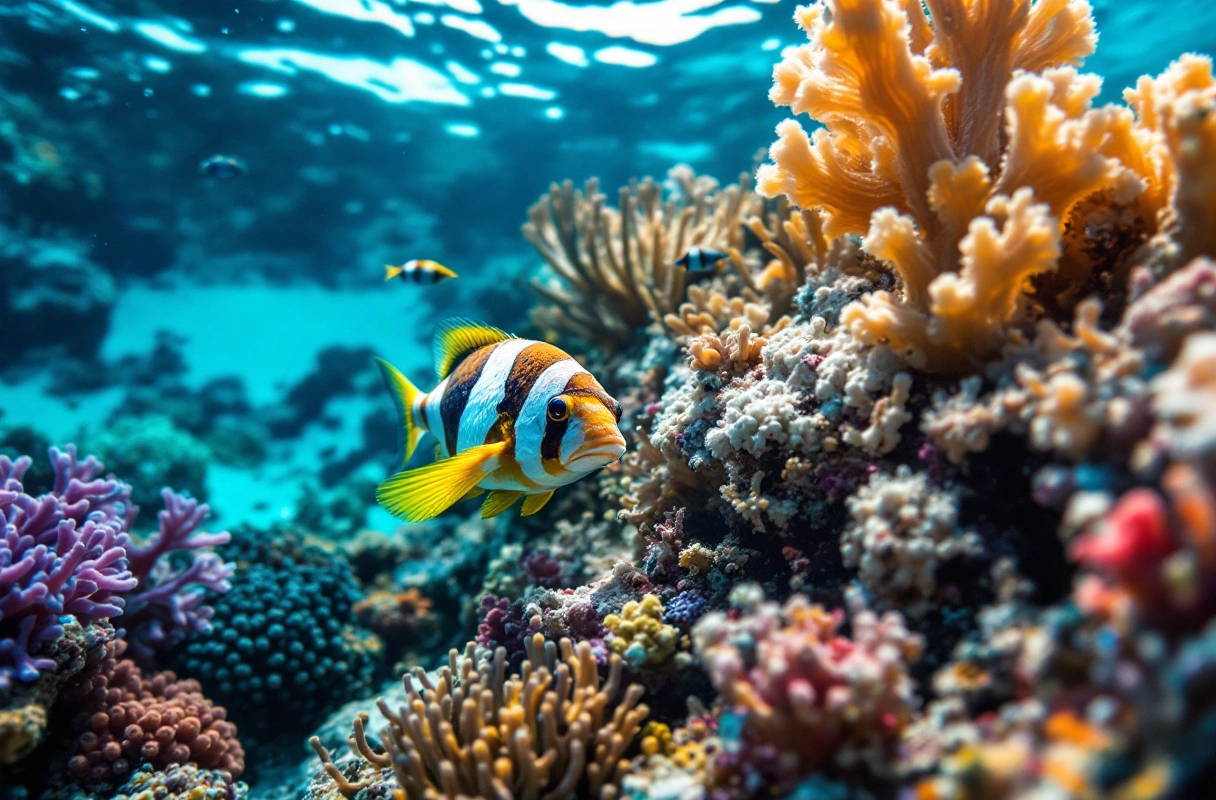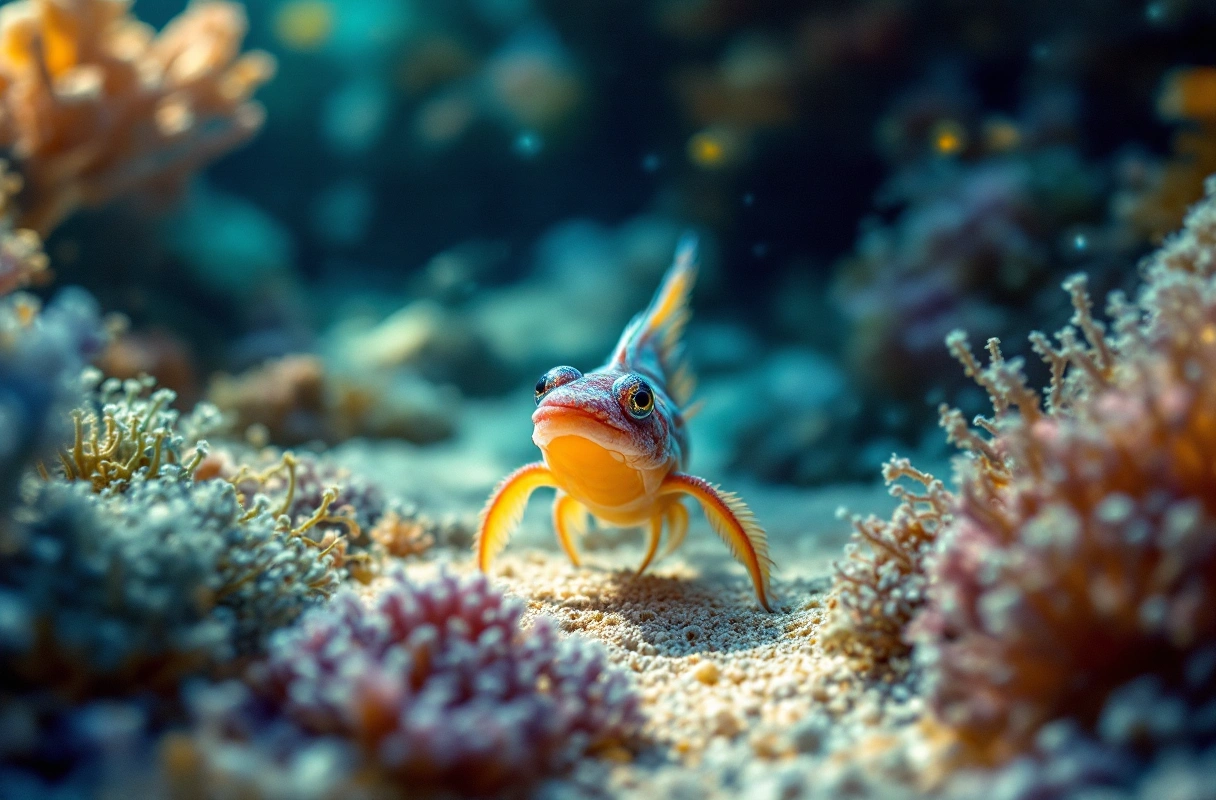
Snorkeling is one of the most accessible ways to explore the underwater world, offering an intimate view of the diverse ecosystems that thrive beneath the waves. Whether you are a seasoned snorkeler or a novice, identifying unique sea creatures can enhance your experience and deepen your appreciation for marine biology. This article delves into practical strategies to identify sea creatures while snorkeling, alongside an exploration of how these fascinating organisms adapt to their environments.

Before venturing into the water, it's essential to grasp the fundamentals of snorkeling and the marine life you may encounter.
Having the right equipment is crucial for a successful snorkeling adventure. Here are the essential items you should consider:
Safety should always be a priority while snorkeling. Follow these guidelines to ensure a safe experience:

Identifying unique sea creatures requires a blend of observation, knowledge, and patience. Here are several methods to enhance your identification skills:
Many sea creatures possess distinct colors and patterns that can help you identify them.
Behavior can also provide clues about a creature's identity.
Equipping yourself with field guides or mobile apps can significantly enhance your identification skills.

Understanding how sea creatures adapt to their environments can deepen your appreciation for the complexities of marine biology.
Many sea creatures have evolved physical traits that allow them to thrive in their specific habitats.
Behavioral adaptations can be equally fascinating and critical for survival.
As you explore the underwater world, it is important to debunk some common myths surrounding sea creatures.
While some jellyfish species possess potent stings, many are harmless to humans. For example, the moon jellyfish has a mild sting and is often encountered in shallow waters.
Coral is actually a living organism composed of tiny polyps. These polyps build the coral structure by secreting calcium carbonate, which forms the reefs that support diverse marine life.
Research has shown that fish have pain receptors and exhibit behaviors indicative of pain. Understanding this can influence how we approach fishing and marine conservation efforts.
To maximize your enjoyment and learning while snorkeling, consider these actionable tips:
As you venture into the underwater world, the intersection of unique sea creatures and marine biology becomes increasingly apparent. Understanding marine ecosystems and the adaptations of sea creatures allows for a richer snorkeling experience.
Banana Slug Club is dedicated to educating and inspiring individuals about the wonders of the natural world, including the intricate relationships that define marine biology. Whether you are a nature enthusiast, a student, or a curious child, our resources can help you delve deeper into the captivating world of sea creatures.
In conclusion, by learning to identify unique sea creatures while snorkeling, you not only enhance your experience but also contribute to the conservation of marine environments. The skills and knowledge gained can lead to a greater appreciation for the biodiversity that exists in our oceans.
If you are excited to learn more about marine life and how you can contribute to its preservation, visit our website or contact us for further information. Join the Banana Slug Club community and embark on a journey of discovery in the fascinating world of nature, science, and the incredible creatures that inhabit our oceans.
Get free resources, early access to new features and updates.
No spam. Just fun educational emails!